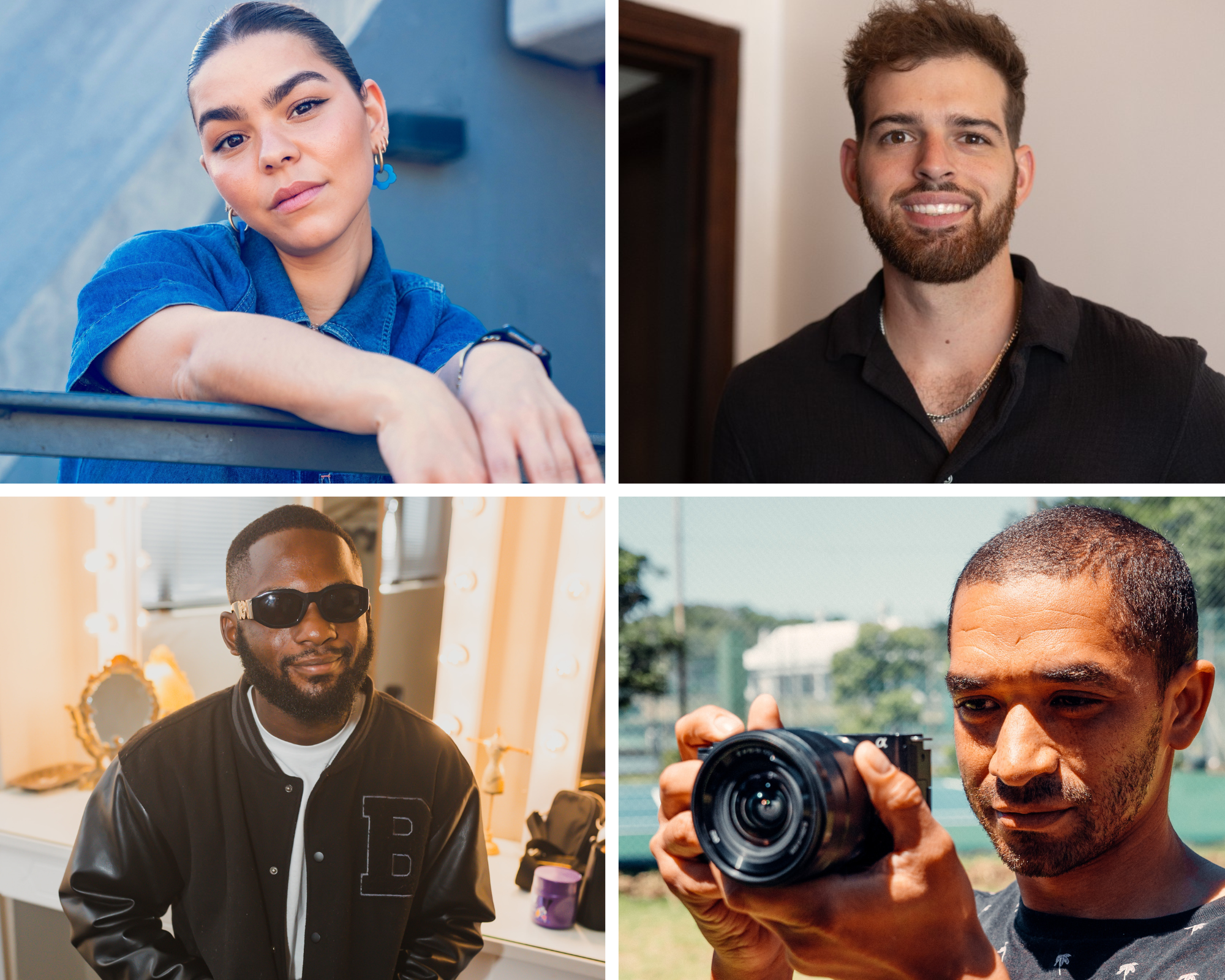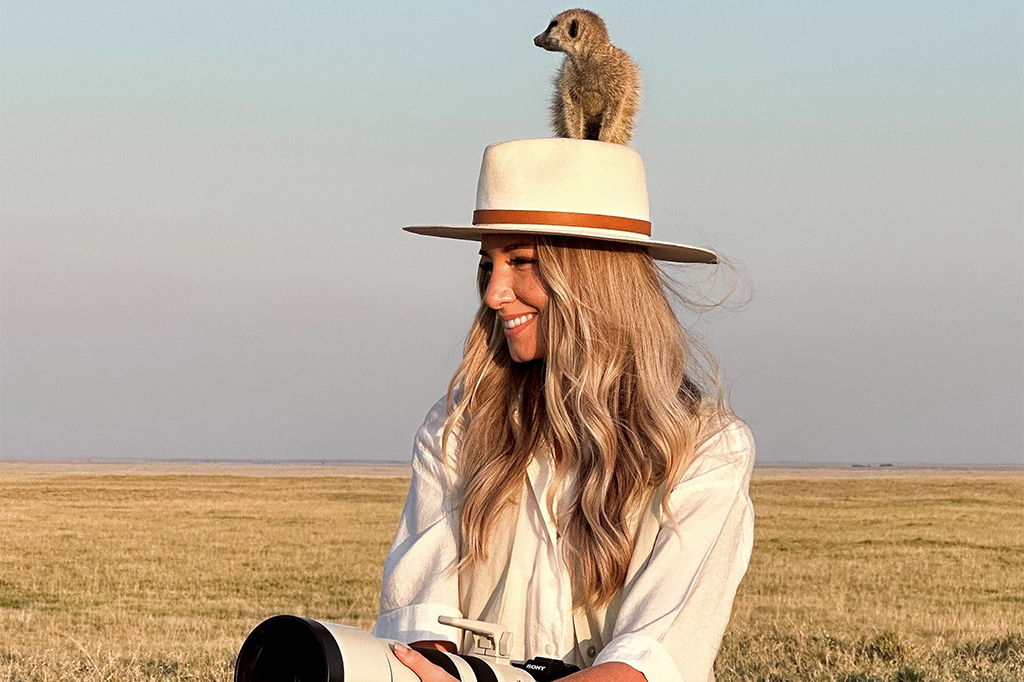Khalipha Ntloko is a multi-hyphenate creative on a mission to bring flat lay photography into the South African mainstream. As a photographer, content creator and marketer, she has championed the photographic genre for nearly ten years and has gained quite a following in the process. For a creative as multi-talented as Ntloko, we thought it would be a good idea to arm her with Canon’s latest hybrid camera, the Canon EOS R10. Ntloko spent a couple days running through Cape Town, using the camera to create stunning content and capture the essence of the Mother City. We caught up with the ever-busy creative to find out about her experience shooting with the Canon R10; this is what she had to say.
The last time we spoke was in 2020. How much has your creative vision and practice changed since then?
Oooh, there’s a good amount of things that have changed and haven’t changed. For one, I’m still very set on becoming well-known for flat lay photography and to keep expanding on this while educating and empowering others to have the confidence to tackle flat lay photography. But things that have changed are the tools I’m using. I’ve switched to mirrorless now and aspire to do more video content next year. After seeing some incredible video content on the Orms Instagram account, I am eager to up my game here.
What are some of your career highlights from the last two years?
Definitely getting the chance to work with Canon again for another episode of Canon Collective. I was also a mentor on flat lay photography for their World Photography event in August this year. I’ve also done campaign work with amazing brands and started doing one-on-one flat lay masterclasses, which has to be the cherry on top of it all because that really is the whole point for me – educating and empowering others in a way that I never was when I first started out with flat lay photography.
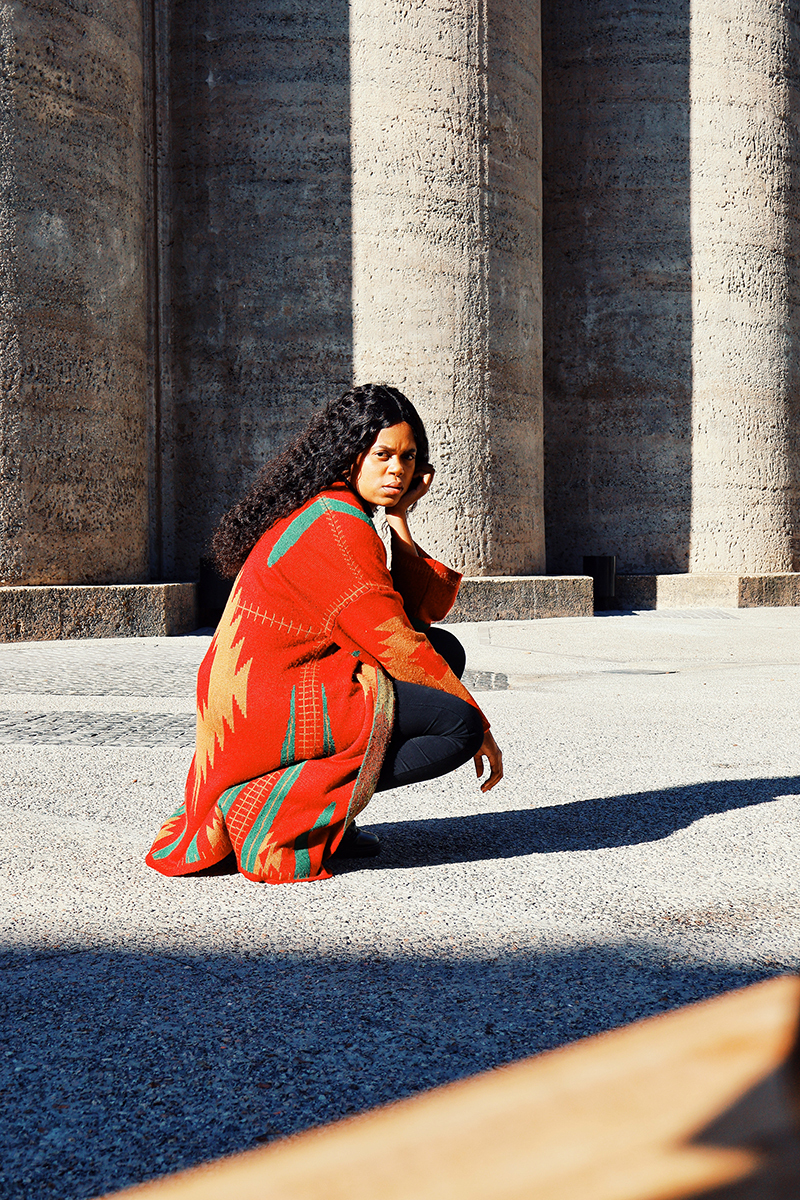
You spent the day around town photographing with the Canon R10. Which were some of your favourite locations that you stopped by?
The Ladder on Bree Street has such beautiful lighting (especially in the morning), and I enjoy photographing food there! I’m no fashionista, but I tried my hand at some fashion content around The Silo District at the V&A Waterfront. I see why people love to go there to take photos. The backdrop of the silos and the lighting you get in that area are sublime! Oh, and portraits at The Company Gardens! I’ve done this before but wow! I was blown away by the quality of the Canon R10 for my portraits; I should try modelling one day! 😄
What was your experience like shooting with the Canon R10?
Really easy; I didn’t even read the manual for it. I just went out and started photographing as I went exploring throughout Cape Town. I really enjoyed how easy the Canon R10 made that experience for me. The camera is also nice and lightweight, so it practically fits in my handbag one day and backpack another. With the RF-S 18-45mm lens, I was pleasantly surprised by the range of high-quality photos I could take. I think that embodies the beauty of a hybrid camera like the Canon R10 – creating a range of photo and video content without compromising quality.
What were some of your favourite features of the camera?
The flip-out touch screen, coming from a 4000D, I will always appreciate this! It helped with video content and the self-timer portraits I took. The colours produced are richer and more vibrant, so editing my photos was fun. The overall fit and feel of the camera are also something I like. Coming from a DSLR, I’m enjoying the way a mirrorless camera feels in my hand when shooting. And the Canon R10 was no exception.
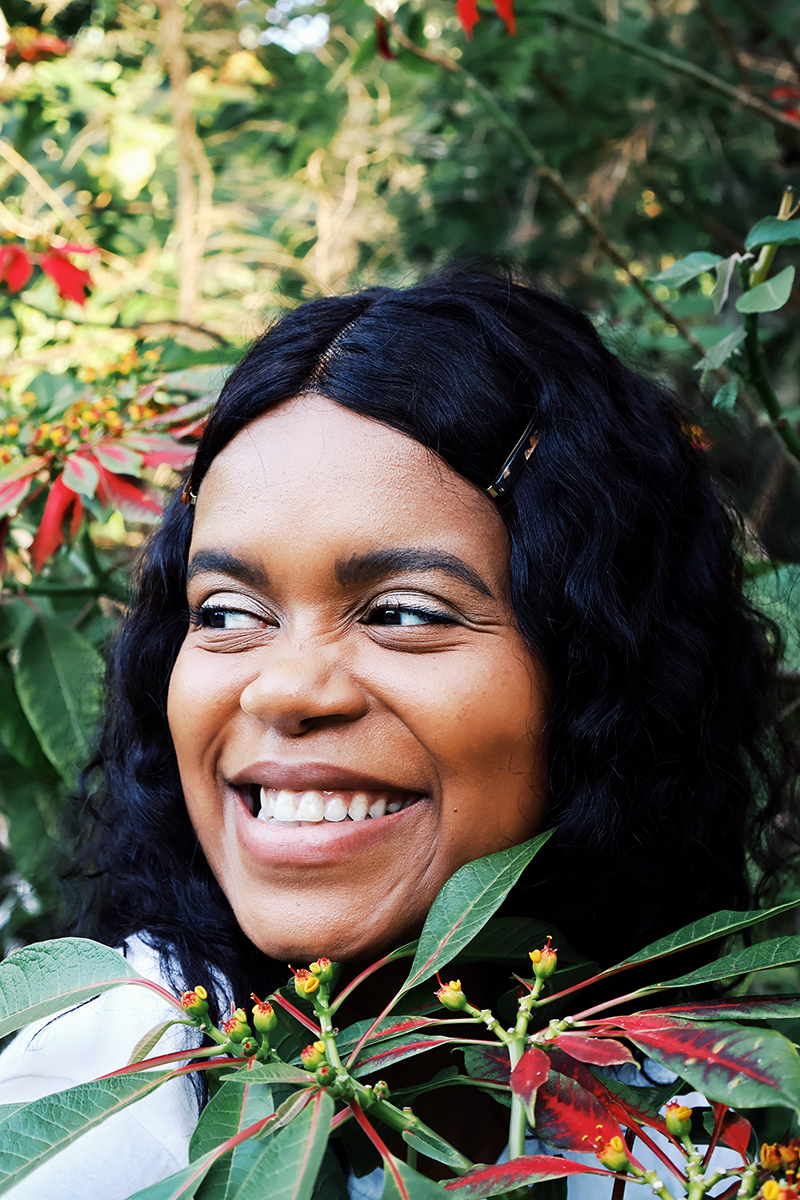
How would you compare your experience shooting with your own gear to the R10?
Easier and quicker. Having used the 4000D for most of my photography career, I appreciate how much easier and faster it was to translate a vision I had in my mind into an actual photograph with the Canon R10. From setting up the self-timer to making manual adjustments in the camera, nothing felt too foreign to me (except for the flip-out touch screen), making it easy to capture what I could.
Which photographic genres were you drawn to on your day with the R10?
Fashion, Travel and Lifestyle, and Portraits! I know this is a hybrid camera, so I wanted to step out of my comfortable flat lay zone and see what magic I could create in other genres.
Did you experience any challenges or difficulties?
It was a minor challenge but getting used to the autofocus when recording videos. You want to maintain a reasonable distance between yourself and the camera because I saw how quickly the camera picks up on moving people in the background if you haven’t set the autofocus to lock onto yourself.
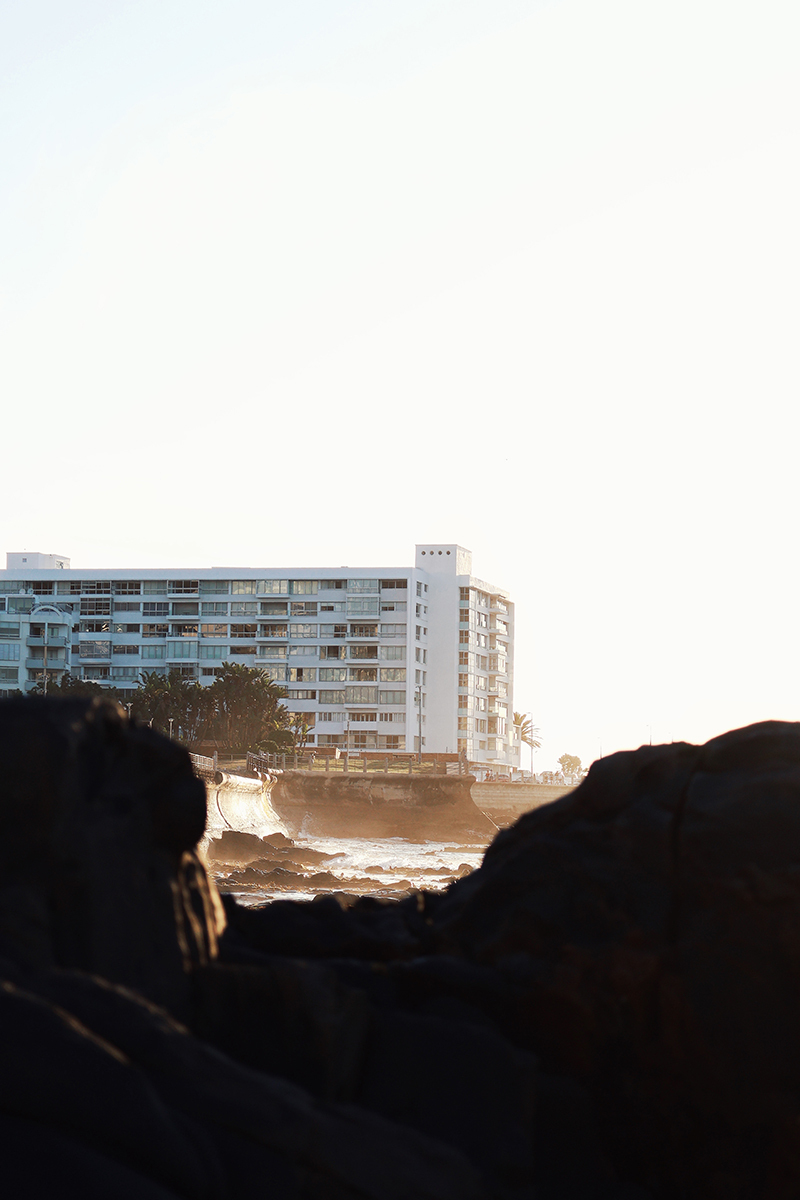
We see you’ve finally parted ways with your Canon 4000D; which camera do you shoot on now?
I’m now using the Canon EOS RP!
What inspired the switch to your new camera?
When I came across the RP years ago during a Canon Roadshow, it was love at first sight. Because I knew that this was the hybrid camera I needed to help take my content to the next level. I’ve rented the RP from Orms twice. And every time, I was convinced that this was the camera that could meet my creative needs. Also, with the world and camera technology moving towards mirrorless, I wanted to ensure that I stayed ahead of the curve and enabled myself with a camera that could keep up with the demands that come with being a photographer and content creator (namely, producing high-quality photos and videos without having to get an entirely new set of gear or equipment to achieve that).
What does your gear bag currently look like?
Canon EOS RP, 50mm, 85mm, and 18-55mm lenses, DJI Osmo Mobile 4, DJI Ronin SC, way too many SD cards, a tripod, and a Marumi UV Haze filter on my 18-55mm lens.
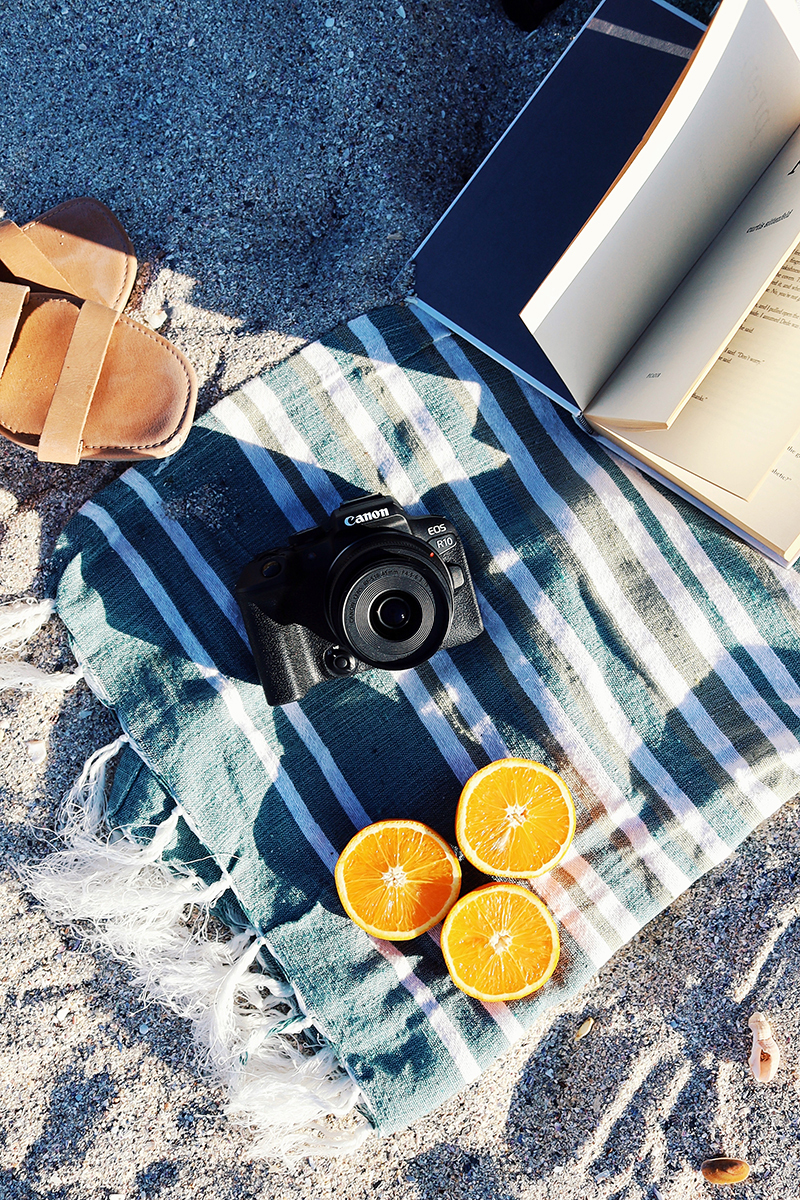
You’ve always been a big advocate for flat-lay photography; what about the genre do you love so much?
It’s the unique perspective that flat lays provide, in that we don’t necessarily see the world looking down. Now that, coupled with using objects to tell a particular story on a flat surface, I appreciate the amount of work that goes into a flat lay photo. Whether it’s food, lifestyle, or beauty flat lays, capturing a viewer’s attention through carefully placed objects instead of a subject (like a model) is no small feat.
You mentioned in 2020 that you would love to put flat lay photography on the map and make more people take it seriously. Were you able to achieve your goal, or is it something you’re still working towards?
Oh, this is something that will probably be my lifelong mission! I believe I’ve made strides in making people more aware of this photography style. I can see how many more people are asking me about flat lay photography, and while I can’t take full credit for this, brands are asking creators to incorporate flat lay photos in their content briefs lately, too. I’m still working on this mission, but I’m proud of my work so far, and I feel encouraged that one day, flat lay photography will get the recognition it deserves.
Follow me on my creative journey because I plan to share much more knowledge and insights into flat lay photography in 2023! I’ve been learning and researching, which is something else I’d encourage people to do when wanting to try flat lay photography. Find flat lay photos and dissect them – what about a particular flat lay draws you in? What elements in a flat lay make you appreciate the photo? And practice! Not until you reach perfection but until you see yourself getting better and better, and you start training your eye to know when you’ve, for example, used too many props or the layout you’ve used doesn’t match the theme of the overall photo.
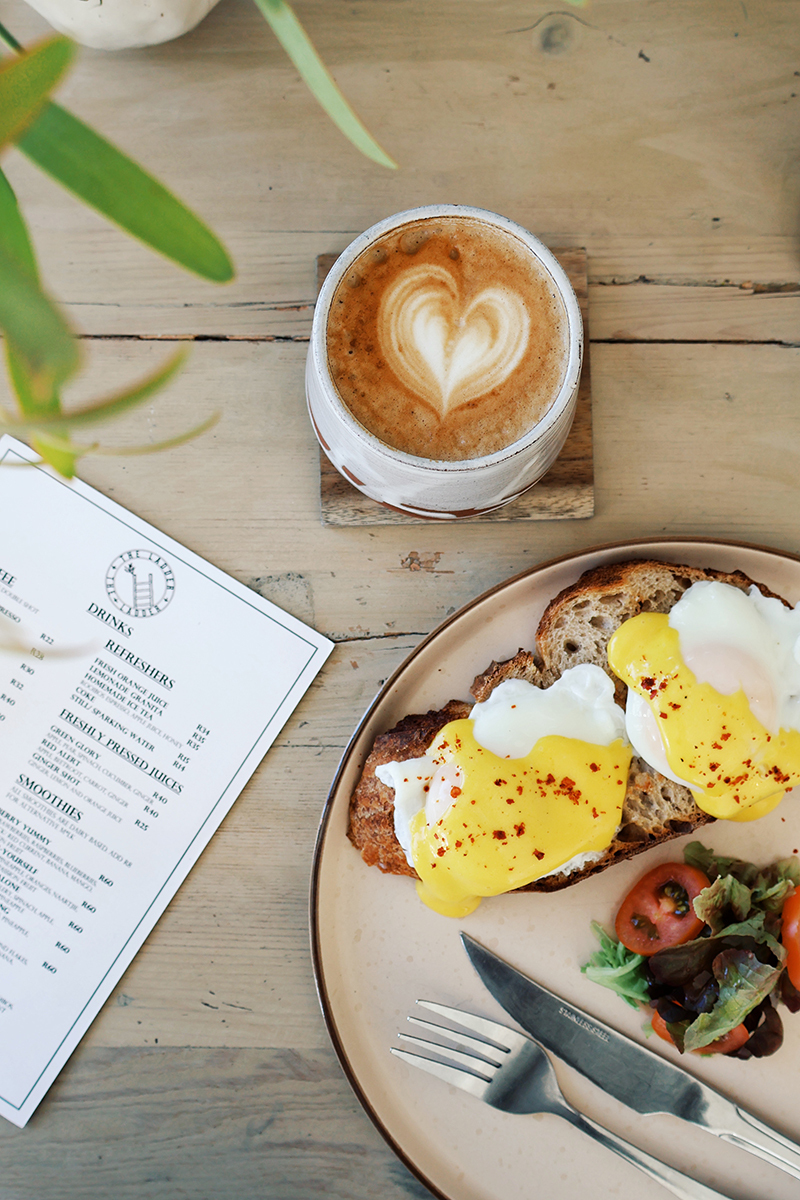
You’ve experimented with several genres over the years; besides flat-lay, what other photographic genres do you enjoy capturing and why?
Portraits were my first taste of photography. I enjoy capturing people’s faces, including my own (even though I’m incredibly shy about self-portraits). Wildlife photography has surprised me over the last two years. I’ve gone on game drives and walked with elephants. There’s something so thrilling about not having control over the animals you photograph because, as a flat lay photographer, controlling objects on a surface is what I do. And finally, food photography. There are many times when food and flat lays intersect, but I’ve come to appreciate the work that goes into making food look good in an image and the stories that can be told through food. My recent Canon Collective episode with food photographer Saleeha Idrees Bamjee gave me a renewed appreciation for this photography style that I want to keep exploring for personal enjoyment.
Anything else you’d like to add?
It’s been two years since my last interview. I hope that people still find me relatable but approachable because I am so open to answering questions on photography and content creation. I want to be the best at what I do, but I don’t want to be the best by myself. I want to educate and empower others to be the best too because at the end of the day, one of the best communities I’m proud to be a part of is the South African photography community. If I can play a part in growing this community and empowering more flat lay photographers, well then, we’re going to have a lot of top flat lay photographers in the country, and I’m not mad at that! 😉





